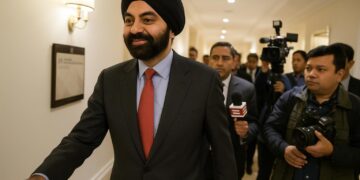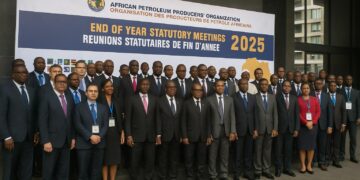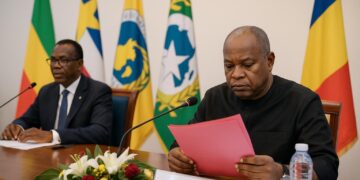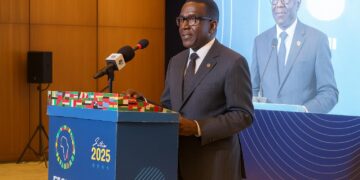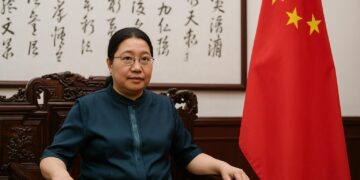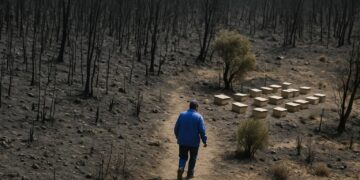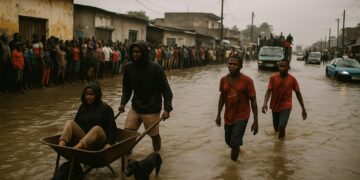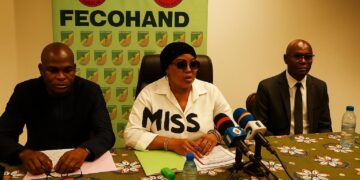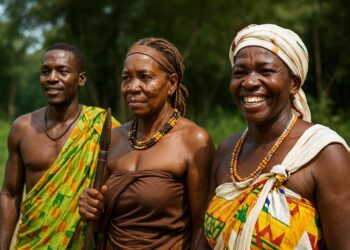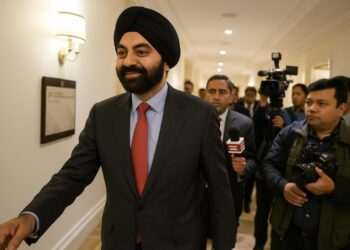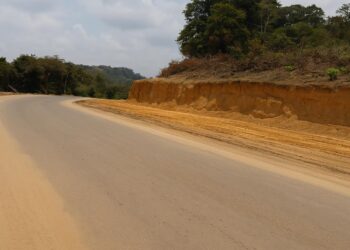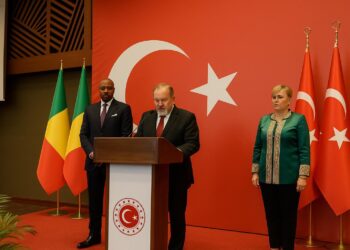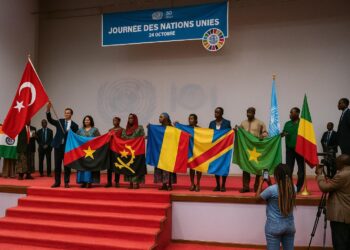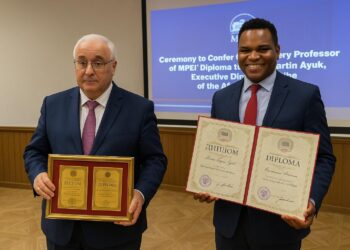Strategic Electrification and National Vision
When officials gathered in Brazzaville on 22 July, the atmosphere in the hall was charged with more than kilowatts. The validation workshop for the National Energy Pact—popularly branded Electricity for All—gave tangible form to President Denis Sassou Nguesso’s oft-stated aspiration to anchor economic diversification in broad-based energy access. According to internal projections circulated during the meeting, 804 227 additional household connections are programmed for the period 2024-2030, a figure that represents roughly half of the country’s current housing stock in localities exceeding one thousand inhabitants. The Ministry of Energy frames the initiative as both developmental and transformative, stressing that secure electricity will underwrite agro-industrial schemes along the Niari corridor and digital services in the coastal and northern economic zones.
Financing Architecture and Global Partnerships
The architects of the Pact have opted for a multi-layered financing model designed to reassure lenders and accelerate disbursement. The dossier will be tabled before the World Bank under the banner of Mission 300 and is expected to be initialled in New York in September on the margins of the United Nations General Assembly. Early indications suggest a blended package combining International Development Association concessional credit, International Finance Corporation equity windows for mini-grids and guarantees from the Multilateral Investment Guarantee Agency. Parallel conversations are advancing with the UN Development Programme, the International Monetary Fund under the Resilience and Sustainability Trust and, intriguingly, the Rockefeller Foundation, whose Global Energy Alliance for People and Planet has signalled an appetite for results-based grants (UNDP, 2023; World Bank, 2024). The sequencing of these instruments is critical; officials are keen to avoid the liquidity bottlenecks that delayed the Corridors of Growth roads programme a decade ago.
Renewable Energy at the Heart of the Pact
While the Republic of Congo possesses an installed hydropower potential exceeding 3 000 MW on the Congo and Kouilou river basins, only a fraction has been harnessed. The Pact therefore treats renewable resources not as peripheral add-ons but as foundational assets. The strategy envisages a three-track deployment: solar photovoltaic arrays for peri-urban clusters where the grid is within ten kilometres, run-of-river micro-hydro facilities for upland communities and biomass cogeneration in sugar and timber zones to valorise agricultural residues. In the coastal district of Pointe-Noire, pilot turbine units capable of exploiting tidal currents—effectively riverine hydrokinetic technology—are slated for commissioning by 2026, pending environmental clearance (African Development Bank, 2023). National planners argue that embedding renewables early will shield the treasury from volatile hydrocarbons prices and align with Congo’s nationally determined contribution under the Paris Agreement.
Governance, Tariffs and Social Impact
A recurring critique of electrification drives across sub-Saharan Africa has been their inability to reconcile cost-reflective tariffs with social equity. Cognisant of that tension, Congolese policymakers are crafting a progressive tariff formula predicated on cross-subsidy between industrial and household users, while aiming to curb commercial losses currently estimated at 22 percent of output. The planned adoption of smart metering technology, supported by a digital customer-relations platform, is projected to reduce non-technical losses to single digits by 2028. Minister of Energy and Hydraulics Emile Ouosso told this publication that the reform is “as much about governance as electrons,” adding that transparent billing should bolster public confidence and facilitate private capital inflows. Social scientists at Marien Ngouabi University estimate that each new household connection generates an average of 0.7 permanent jobs through micro-enterprises ranging from refrigeration services to mobile-phone charging kiosks, underscoring the Pact’s potential multiplier effect.
Diplomatic Significance and Geopolitical Resonance
Beyond the technical spreadsheet lies a subtler diplomatic choreography. By situating the signing ceremony alongside the UN General Assembly, Brazzaville signals its willingness to advance the Sustainable Development Goals while cultivating strategic alliances with traditional and emerging partners alike. Observers note that improved electrification provides leverage in climate negotiations, reinforcing Congo’s stature as custodian of the second-largest tropical rainforest on the planet. Regional ramifications are equally noteworthy: reliable power supply will enable the interconnection of the CEMAC grid, offering surplus hydropower to energy-deficit neighbours and thereby augmenting Brazzaville’s soft-power portfolio in Central Africa. For the leadership in the Palais du Peuple, the Energy Pact serves as both a domestic social contract and a diplomatic calling card, positioning the Republic as a constructive, solutions-oriented actor on the international stage.
Pathways to 2030 and Beyond
Project managers concede that the timeline is ambitious. Nevertheless, interim benchmarks—250 000 new connections by 2025, 550 000 by 2027—have been embedded to ensure course correction if required. The adoption of a participatory monitoring platform, to be co-hosted by civil-society consortia and the National Statistics Institute, may also enhance transparency and mitigate implementation risk. Crucially, the Pact has been presented not solely as a technical project but as an instrument of social cohesion, offering previously marginalised rural communities a tangible stake in national development. As Congo-Brazzaville eyes 2030, the glow of new household bulbs could illuminate more than living rooms; it may well cast fresh light on the republic’s developmental trajectory and its evolving place in the regional and global order.


